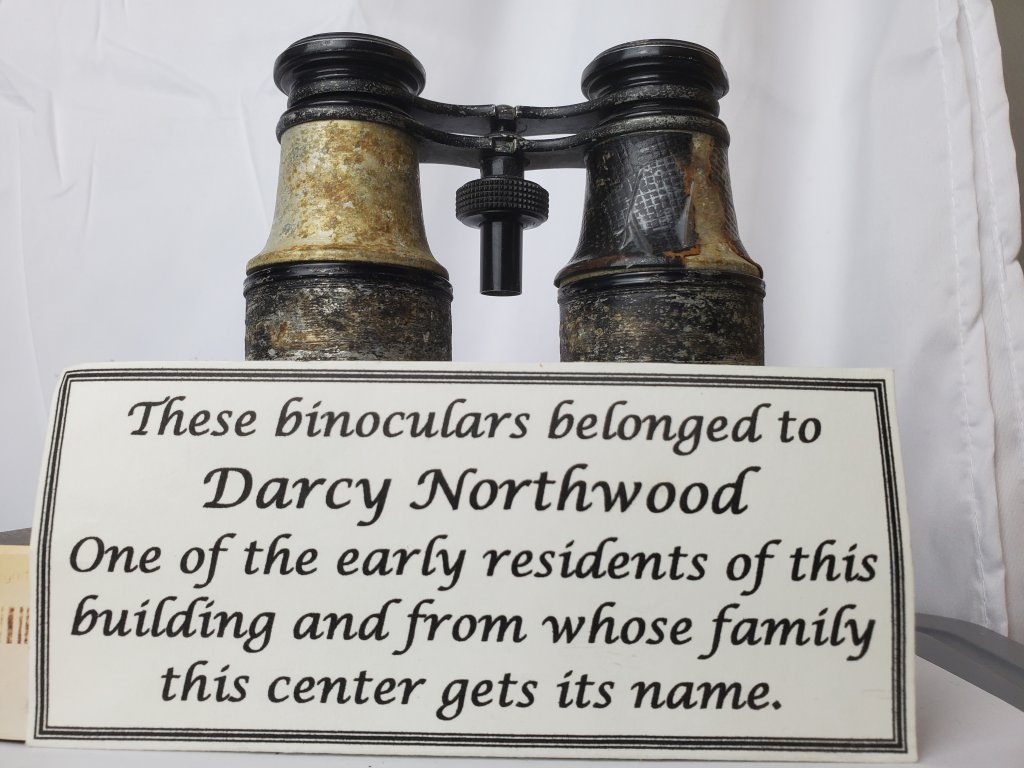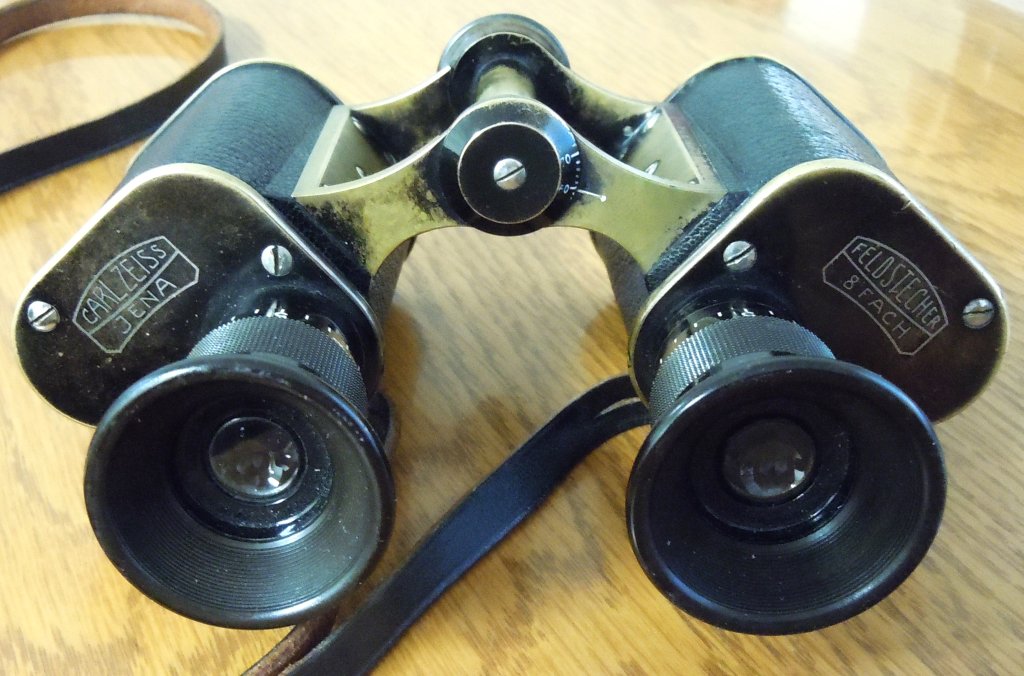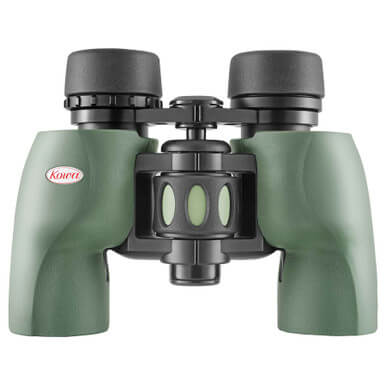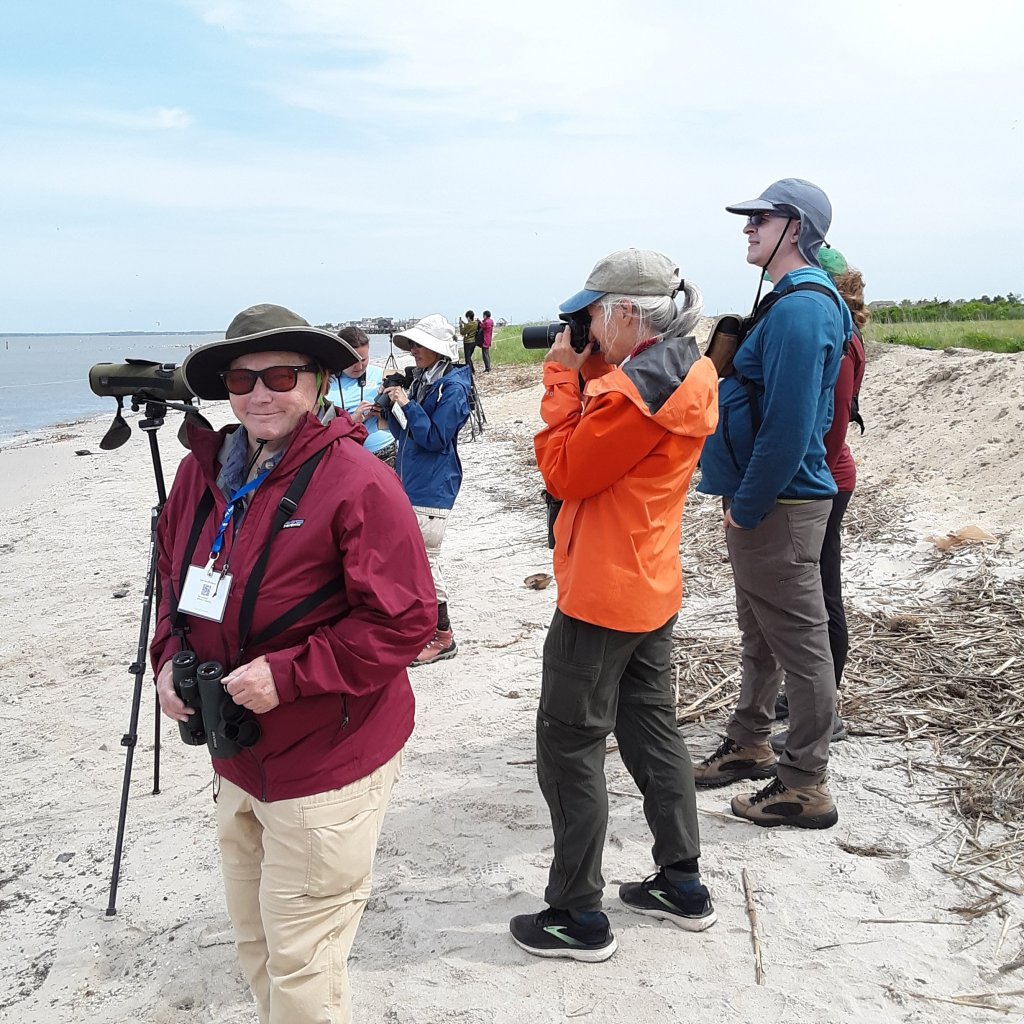There is so much to see in Cape May County! From ducks to deer, surfers to sand sharks, horseshoe crabs to hawks, butterflies to bottlenose dolphins, and Cassiopia to Congress Hall, I’m always reaching for my binoculars or spotting scope! Those are what most outdoors people mean when they speak of “optics,” but optics include cameras and hand lenses, too.
Optics and Cape May share a long history. Pirates like Captain Kidd and Blackbeard are associated with various Cape May locales, and they probably had brass telescopes, called spyglasses back then. Since historic rumors focus more on buried treasure, we do not know whether either used a London-made telescope from T Harris & Son or John Dolland, whose products were popular among the well-to-do in the mid to late 1800s.
One of Cape May’s best-known features is its 165-year-old lighthouse. The light is enclosed by six panels of Fresnel lenses, which help to project the beam 24 nautical miles out to sea. The WW II sighting towers would have been next to useless without some heavy, tripod-mounted naval binoculars with a range-finding reticle to sight enemy ships.
Let’s downsize to something we could hand-hold: field glasses, or as we call them today, binoculars, although they are two different items. A “field glass” originally meant two small, straight telescopes mounted in parallel with a hinged bridge. The first successful designs appeared in Europe about 1825, and they continued in use for over a century. Ulysses S. Grant used them during the Civil War. But magnification was limited, since every increase required larger lenses and longer tubes. Cape May Bird Observatory’s Northwood Center is named after its previous owners, Anne and Darcy Northwood. Darcy’s “field glasses” were, as far as I can tell (there is nothing legible left), a petite 4×35.

Though Ignazio Porro patented Porro Prism binoculars in 1854, due to difficulties of manufacture, they did not become widespread until the 1890’s. You can recognize Porro prisms easily, as the eyepiece and objective (front) lenses are offset.
Though widespread through the 1980’s and still made today, they have been superseded by Roof Prisms. In these, although the barrels are in line, the light path is reflected from at least five mirrored prism surfaces, so the barrels are much shorter and have higher magnifications within reach.


We have come a long way from the 120-year-old Zeiss 8×20 Feldstecher shown here. Today’s binoculars can focus close enough to watch butterflies on your own flowers, and fast enough to follow a jaeger chasing a Royal Tern to steal its lunch, even as they get lighter. This year Swarovski launched the AX Visio, the world’s first “smart binocular” that can identify birds (and more) for you! And with a good spotting scope on a tripod, you can read a ship halfway to Cape Henlopen, watch mama Osprey feed her chicks in the nest, and explore the solar system from your backyard.
And if you are intrigued by optics, stop in at CMBO’s Northwood Center in Cape May Point. Or visit Cape May Bird Observatory’s 29th Annual Optics Sale, April 13 and 14 in the Cape May Convention Center. Representatives from Bushnell, Kowa, Leica, Swarovski, Vortex and Zeiss are eager to show you the latest optics.









